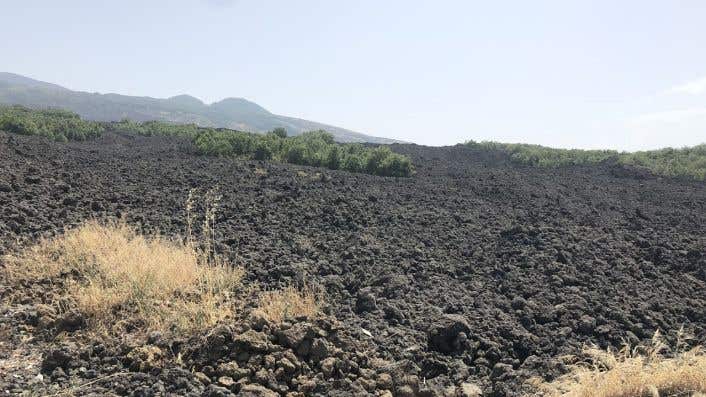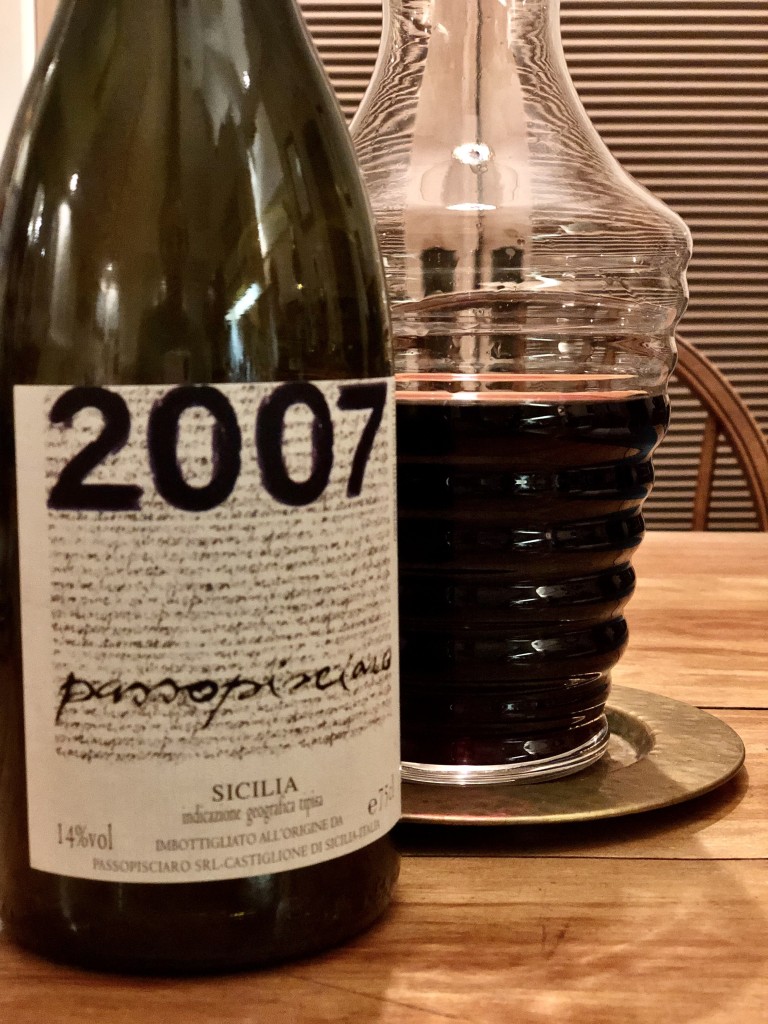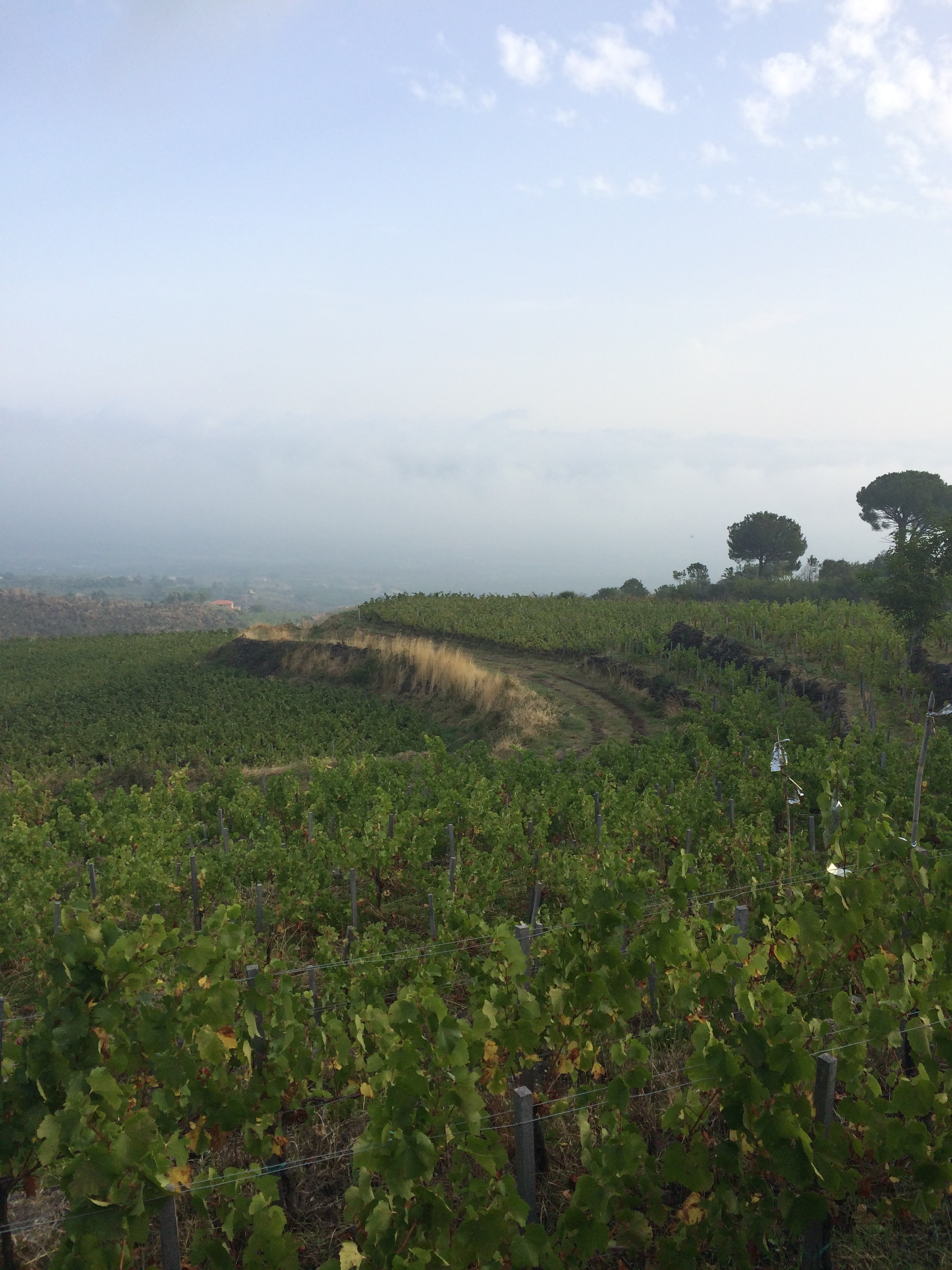
For JancisRobinson.com.
Etna is a fascinating place, at once feral and majestic, old and new. Large swaths of blackened, rocky earth scar its surface, reminders of the devastation that can come from an eruption. It is the highest active volcano in Europe, its magmatic activity the result of the meeting of the African and Eurasian tectonic plates far beneath the glimmering seas that surround the island of Sicily. The last eruption to reach Catania and the sea was in 1669, but she’s still quite active (yes, the locals refer to her in the feminine). Craters can form at any elevation, so when they burst like little pustules, rivers of lava can easily reach the small buildings and towns that ring its lower third. Driving along the Etna wine route from the town of Passopisciaro to neighboring Randazzo, one passes through the flow from 1981, still as starkly rugged as the day it first enveloped 200 hectares of land. Continue reading







